Top 5 Test-Drives of 2020
Chief Clinical Editor and Technology Editor John Flucke, DDS, describes the most exciting products he tested in his practice this year.
Writing this article every year is one of the highlights of my work here at Dental Products Report®. As many of you know, throughout the year I get to evaluate a fair number of new or improved products. I keep a list of my favorites, and the 5 I like the best end up as my top 5 test-drives.
I hope you enjoy reading this as much as I enjoy tinkering with and evaluating new ideas and products.
Vista-Apex PinkWave
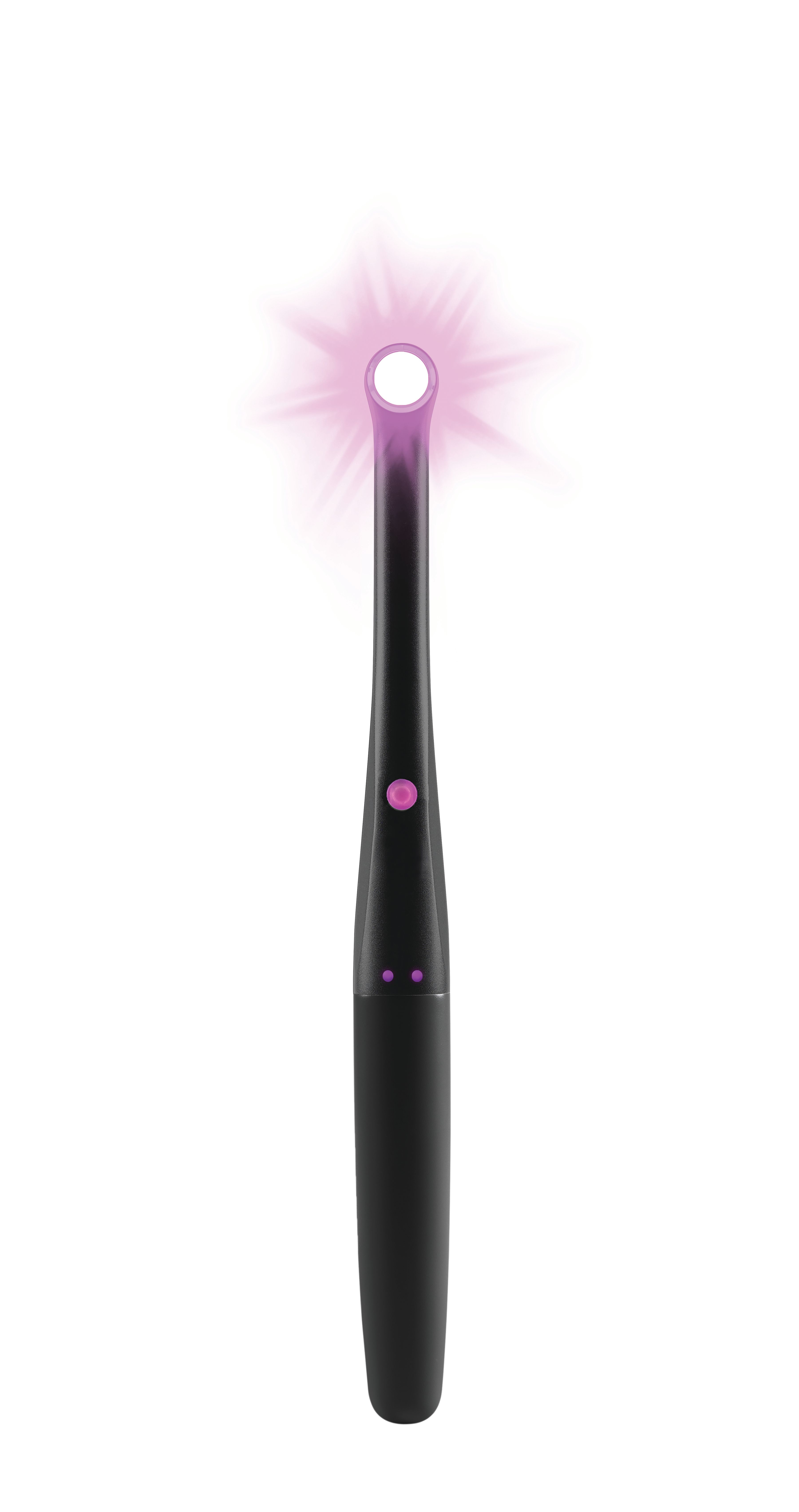
We’ve seen some tremendous advances in curing lights over the years. The devices continue to get smaller and more powerful every year. Every curing light on the market is slim and ergonomic and has more than enough power to cure any shade of composite. As the market stabilized, I thought we had pretty much seen just about all the tricks that photopolymerization had up its sleeve…and then came PinkWave.
The PinkWave from Vista | Apex uses a unique array of LEDs, some of which give off a pinkish glow. In the last few years we’ve seen companies produce broadband curing lights with wavelengths that cure any material on the market. The PinkWave does even more by offering its QuadWave Technology to provide even more curing energy. QuadWave consists of ultraviolet light, blue light, red light, and NIR (near infrared) to deliver an incredible cure. In addition to the curing LEDs, Vista | Apex included a white LED that can be switched on separately to turn the PinkWave into a transilluminator.
The device can provide a 4.7-mm depth of cure, and company studies show a 15% decrease in polymerization shrinkage. The company also says there is a 19% increase in polymerization, and the curing head is currently the largest on the market at 115 mm2.
Current “blue only” lights put out different wavelengths of blue. The problem is that the blue light is easily absorbed by the pulp. As blue lights have become more powerful, they are also putting a fair amount of heat into pulpal tissues. The NIR wavelength is not absorbed by the pulp. This decreases postoperative sensitivity that may be caused by heat absorption by the pulp while generating better depth of cure.
VOCO VisCalor bulk
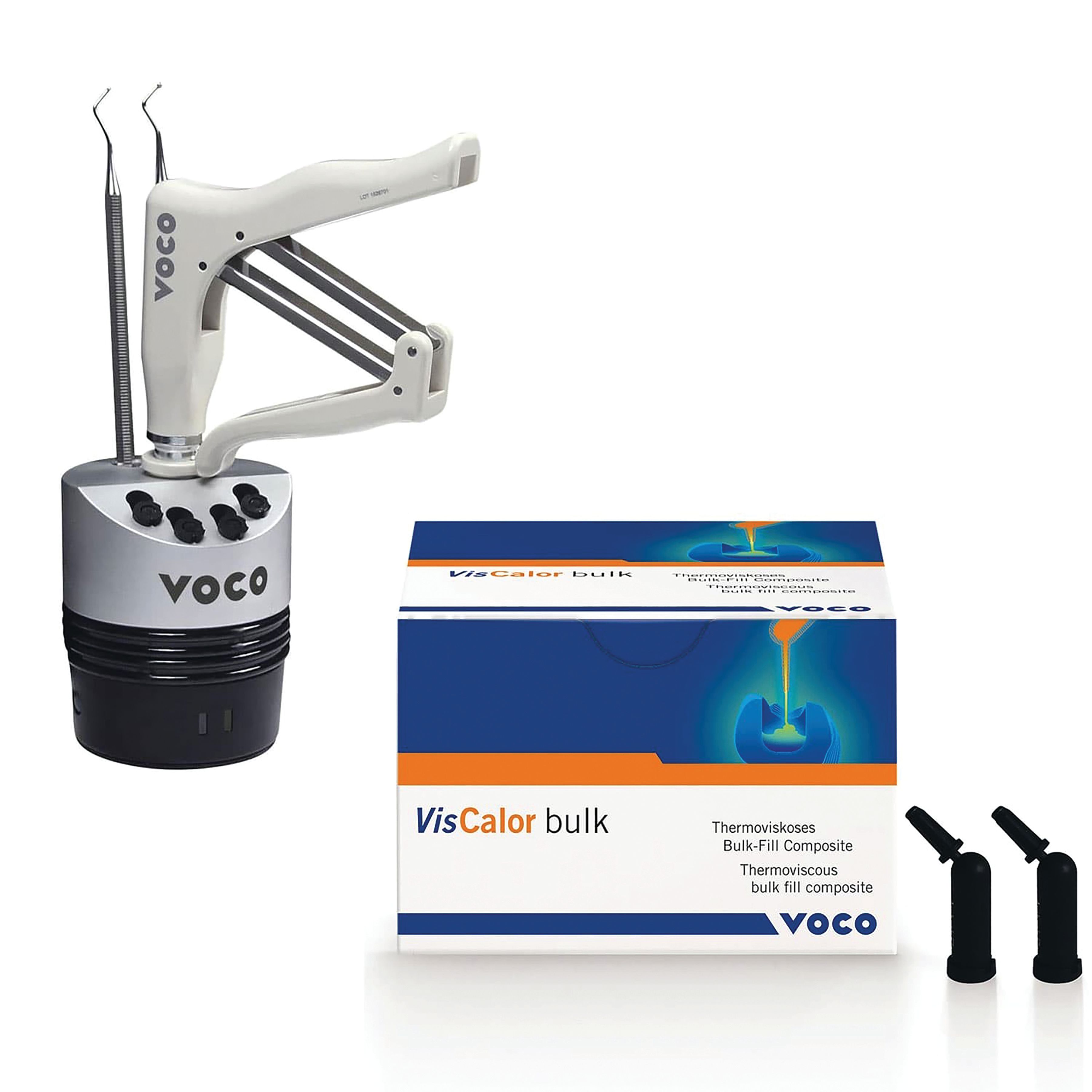
This is a pretty amazing composite that I’ve been using for about 2 months. By the time you read this, you should be able to order it and see for yourself.
VisCalor is an interesting material. It is a thermoviscous bulk fill composite, which means it is used in a specialized composite warming gun. The gun warms the compules using infrared energy, and this heat energy makes VisCalor flowable. With the special warming gun you express the composite into the prep where it is easily sculpted. My best description of the viscosity is that it is similar to cake icing. The material is smooth and very easy to work with.
Its low viscosity allows it to easily adapt to proximal boxes and hard to reach undercuts.
The compule is designed with a thin cannula diameter that makes placement very simple, and the low viscosity of the warmed material allows it to pass through the cannula easily.
Another great feature is the composite’s esthetic appeal. I found that VisCalor blends incredibly well with surrounding tooth structure. It comes in 4 shades, and I have yet to find a case where the restoration wasn’t almost invisible when finished.
It polishes well, and it can be placed in 4-mm increments, handy for bulk filling in many clinical applications. VOCO has always been an industry leader, but VisCalor takes it to a whole new level.
Aegis Aerosol VacStation
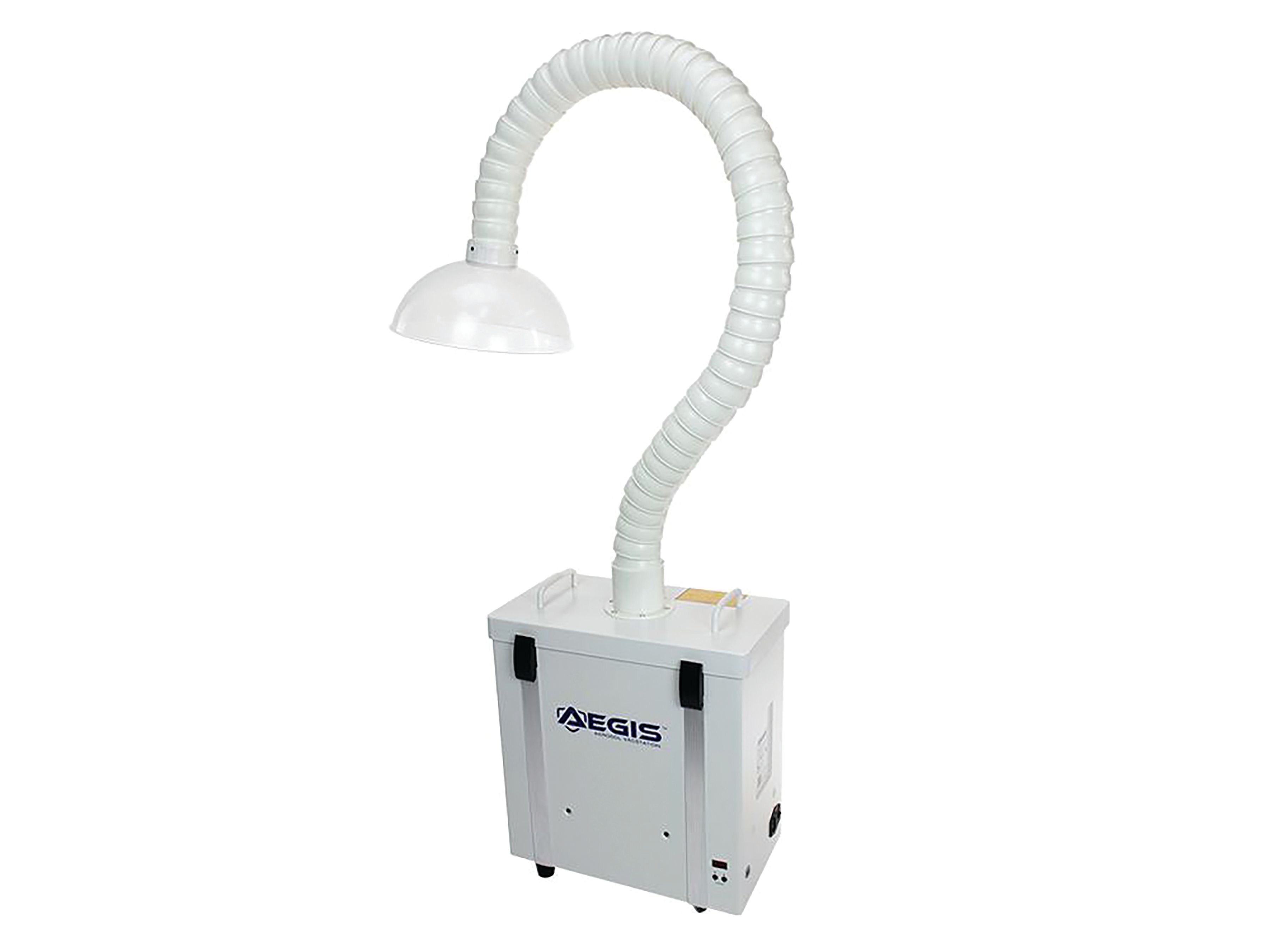
In this crazy, topsy-turvy pandemic world, we are seeing our infection controls taken to new levels. Before 2020 we were more concerned about bloodborne pathogens or those spread by bodily fluids, but then along came SARS-CoV-2, the virus that causes coronavirus disease 2019. Suddenly we also had to be concerned about airborne pathogens.
What to do? How about filtering the air—better yet, filter it as soon as it leaves the patient’s mouth. That’s the concept behind the Aegis Aerosol VacStation.
The VacStation is a high-powered system that has a large, positionable hose that attaches to a powerful vacuum. The other end of the hose has a large clear plastic dome that can be positioned very close to the oral cavity.
The device creates a suction of 3.5 m3, which can recirculate the air in a standard 8 x 8-ft room every 5 minutes. Air is then moved through 4 types of filtration: high fiber, fiberglass, active carbon, and LEDs, which are on a wavelength known to kill viruses.
This unit has been independently evaluated by the Medical University of South Carolina to reduce spatter and aerosols to almost zero.
Also, patients are impressed when they see units such as this cleaning the air. They know we are doing all we can to protect everyone in the office.
SprintRay Pro 95 3D Printer
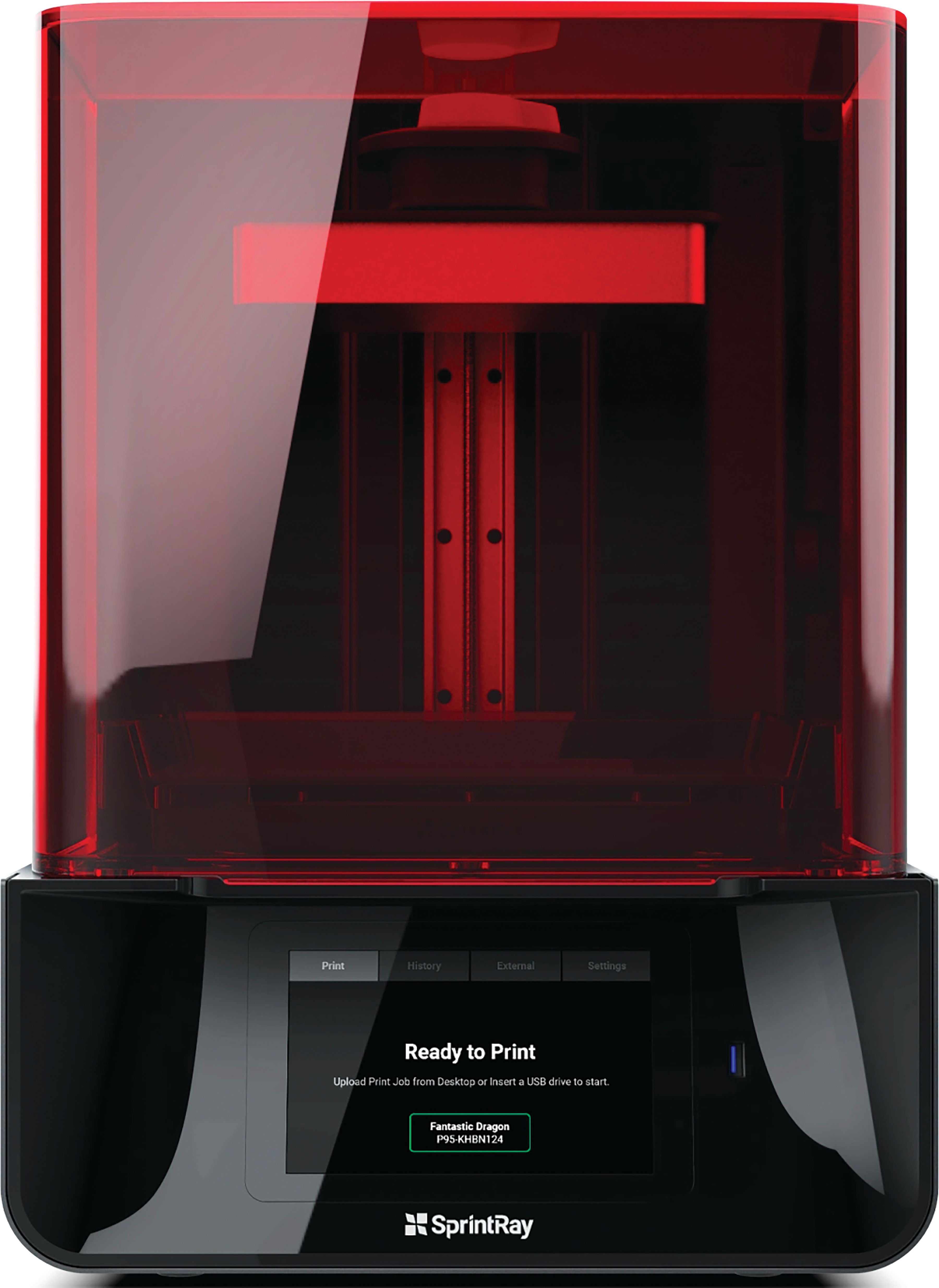
Printing in 3D has come to dentistry in a big way, and one of the true market leaders is SprintRay. Their newest 3D printer is the SprintRay Pro, and I’ve been working with it a lot this year.
Printing in 3D allows dentists to expand the scope of care by being able to create an amazing number of dental items.
The SprintRay Pro is a digital light processing device that uses a special light source to photopolymerize a type of liquid resin (the science is very similar to composites). The printer has a tub that is filled with the liquid resin. A build plate is lowered into the resin. The light source polymerizes layers in the liquid, which harden. Then the polymerized materials are attached to the build plate, which is mechanically raised slowly out of the resin as each layer is added. As the build plate rises, bit by bit, more and more layers are polymerized, until finally the finished project rises out of the resin.
The device can create many types of dental appliances and prosthetics such as surgical guides, study models, models for aligner production, indirect bonding trays, digital dentures, and occlusal guards.
The SprintRay Pro is fast; it can print models in under an hour in most cases. When you combine this speed with an accuracy of 55 microns, you get an incredibly accurate and precise device that has many applications in today’s dental office.
The device is connected to your office network, which means it can be accessed and used from any computer in your office. It also allows the printer to automatically check for and download updates from SprintRay. The company is always updating the software that drives the machine, so new features are always being added.
Offices also are supplied with RayWare, which is SprintRay’s design, build, and layout software. Intraoral scanners create their data as STL files, which can be downloaded. Simply drag and drop an STL file into RayWare and it will render the file in 3D and place it on the build plate. Depending on the size of your project, you can place multiple projects on the build plate, which means you can print multiple models or other things at the same time.
Being able to fabricate something like an occlusal guard in 3D in a couple of hours is a great service to your patients and a boon to your marketing.
Bringing device fabrication in-house lowers your costs and speeds delivery while also producing incredibly accurate appliances. That translates as “cheaper, faster, better,” which is always good for the bottom line of a business.
Printing in 3D is affordable and definitely the wave of the future in dentistry. The time to get into this market is now.
Axsys Versamill 5X400
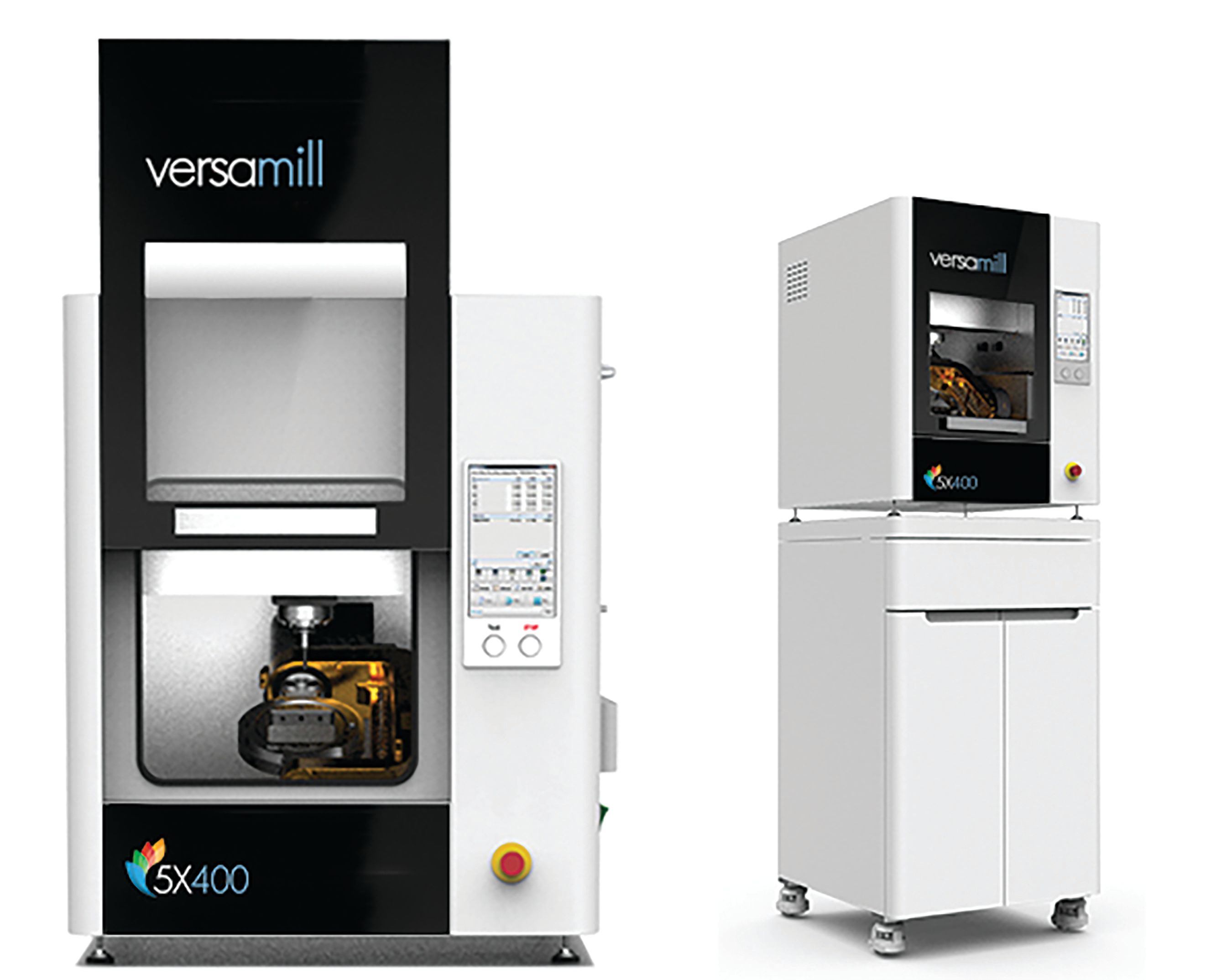
For decades, if you wanted to do same-day crowns, there were only 2 companies that offered dentists in-office milling. Now with technology expanding, doctors have many more options to accomplish this goal. The best part is that this aspect of care has moved almost totally to open source. This means that, instead of being tied into 1 system, doctors can pick and choose the intraoral scanner and mill they like the best.
In my office, those devices are the iTero Element and the Axsys Versamill 5X400.
The Versamill is an impressive piece of equipment. It is a true 5-axis simultaneous motion mill. Watching it work is fascinating. It can mill pretty much anything in any shape. That is the result of the 5-axis process, as well as 7 available tools that the device can change automatically as needed. It’s also incredibly fast due to its 60,000 rpm 500w spindle that spins the tools.
Most of us are familiar with CAD/CAM blocks, which allow mills to create single units. The Versamill will accept similar blocks, but it will also take discs (often referred to as pucks) that are about 100 mm in diameter with different thicknesses. These pucks allow the Versamill to create multiple single units, multiple connected units, occlusal guards, surgical guides, sleep apnea appliances, clear orthodontic aligners, custom implant abutments, and more. This is the true power of a 5-axis mill. It can create almost anything you can imagine as long as you have the raw material.
Speaking of material, the Versamill 5X400 can use a variety of dental materials. Imagine being able to create prosthetics using wax (yes, it can actually mill wax) for use in the lost wax technique. It can also mill zirconia, PMMA, glass ceramics, lithium disilicate, lava ultimate, and titanium.
The quality of the finished product? Amazing and sometimes beyond amazing. The idea of being able to create almost any dental restoration in your office in a matter of minutes is an incredible service to offer your patients. Because it is open source, it doesn’t matter what scanning system you use.
The market for mills will continue to grow. They are phenomenal devices that allow offices to create almost any prosthetic or appliance patients may need. If you’ve ever considered in-office milling, put Axsys on a short list!
Wrapping Up
There you have the top 5 test-drives of 2020. Hopefully, you’ve found some things here that strike your fancy. Rest assured, I’ll be back in 2021 to let you know about the biggest improvements in our profession. Thanks for reading Dental Products Report® and Technology Evangelist. You folks rock!
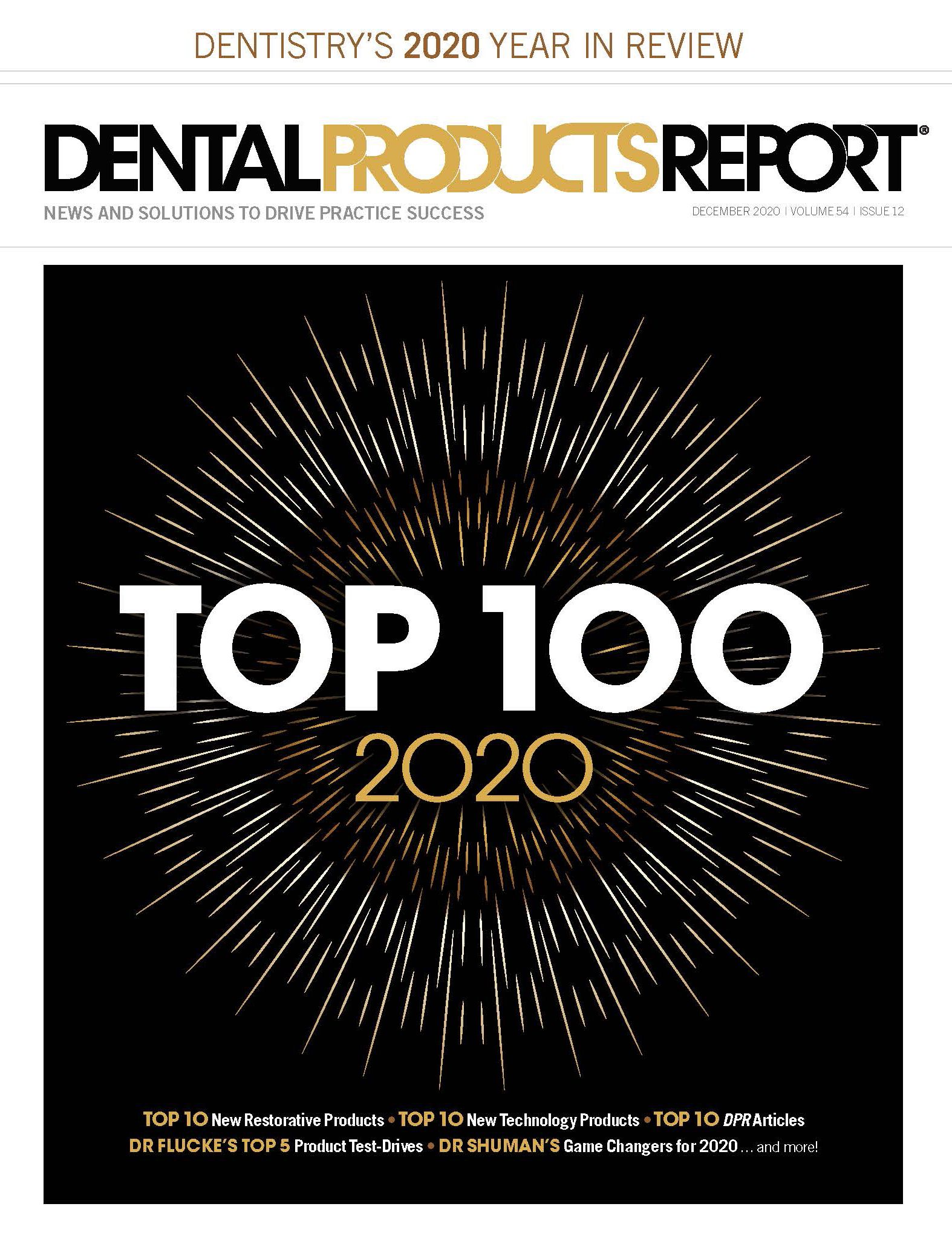
ACTIVA BioACTIVE Bulk Flow Marks Pulpdent’s First Major Product Release in 4 Years
December 12th 2024Next-generation bulk-fill dental restorative raises the standard of care for bulk-fill procedures by providing natural remineralization support, while also overcoming current bulk-fill limitations.